How much coronavirus does it take to make us ill?
Scientists are mapping out the potential effects of higher viral loads in Covid

Growing evidence suggests that the amount of coronavirus with which people are infected determines how ill they become with Covid-19, according to scientists.
Analysis of multiple research projects also suggests that the “amount of virus you are initially exposed to makes a difference to the chances of catching the bug”, The Telegraph’s global health security editor Paul Nuki reports.
The theory has “important implications not just for epidemiological modelling but how we assess our own risk and behaviours”, he adds.
The Week
Escape your echo chamber. Get the facts behind the news, plus analysis from multiple perspectives.

Sign up for The Week's Free Newsletters
From our morning news briefing to a weekly Good News Newsletter, get the best of The Week delivered directly to your inbox.
From our morning news briefing to a weekly Good News Newsletter, get the best of The Week delivered directly to your inbox.
So how much coronavirus does it take to cause illness?
Although clinical studies may be able to determine the dose required to make someone ill in sterile laboratory conditions, the science behind coronavirus infection is far less clear cut in the outside world.
Indeed, “a precise answer is impossible, because it’s difficult to capture the moment of infection”, says The New York Times (NYT).
“Scientists are studying ferrets, hamsters and mice for clues but, of course, it wouldn’t be ethical for scientists to expose people to different doses of the coronavirus, as they do with milder cold viruses.”
A free daily email with the biggest news stories of the day – and the best features from TheWeek.com
However, researchers can look at patterns in other common respiratory viruses, such as influenza and other coronaviruses, to try to get an accurate picture of the size of the so-called “infectious dose” - the average number of viral particles needed to establish an infection - for Covid-19.
The newspaper reports that for Sars, which is also a type of coronavirus, the estimated infectious dose “is just a few hundred particles”, while for Mers, the dose is “much higher, on the order of thousands of particles”.
While the size of the infectious dose for Covid-19 remains unknown, “given how rapidly the disease is spreading, it is likely to be relatively low”, the New Scientist suggests.
But as Columbia University virologist Angela Rasmussen points outs, “the truth is, we really just don’t know”.
“I don’t think we can make anything better than an educated guess,” she told the NYT.
Does the amount of virus impact how sick you are?
While the infectious dose “is the spark that gets that fire going”, the “viral load” is a “measure of how bright the fire is burning in an individual”, Edward Parker, a research fellow in systems biology at the London School of Hygiene and Tropical Medicine, told the New Scientist.
As the magazine explains, “if you have a high viral load, you are more likely to infect other people, because you may be shedding more virus particles. However, in the case of Covid-19, it doesn’t necessarily follow that a higher viral load will lead to more severe symptoms.”
However, we do know “for some diseases that the dose of virus a person is exposed to will directly correlate with how severe the disease is”, writes Sarah L. Caddy, a clinical research fellow in viral immunology at the University of Cambridge, in an article on The Conversation.
Caddy cites a 2015 study by US researchers who found that that the higher the dose of the influenza virus given to healthy volunteers, the worse their symptoms.
But the jury is still out when it comes to Covid-19.
A recent analysis of hospital patients who tested positive for the coronavirus found a significant difference in viral loads between those who survived and those who died.
The scientists behind the study, outlined in a newly published paper in The Lancet, concluded that viral load at diagnosis is an “independent predictor of mortality in a large hospitalised cohort”.
However, that finding is at odds with those of an investigation earlier this year by health workers in the Lombardy region of Italy, one of the areas of Europe hit hardest by the pandemic.
The medics “looked at more than 5,000 infected people and found no difference in viral load between those with symptoms and those without”, the New Scientist reports.
How can contact with the virus be minimised?
Until scientists have a clear answer to the conundrum of whether a high viral load increases the severity of Covid-19, practical measures “should probably be steered by the principle of keeping interactions fleeting rather than intense”, says The Telegraph’s Nuki.
This “may translate, as the government wants, into people having greater confidence in returning to the office and other well-ventilated environments, assuming they are well spaced”, he continues. “In the home, in contrast, you should probably distance more, especially if someone has the virus.”
And “masks and handwashing are the obvious go-to in more crowded environments”.
Scientists have also emphasised the importance of observing the two-metre rule.
“The point of social distancing is that by standing further away from someone when they breathe or cough out the virus, it likely means fewer virus particles reach you and then you get infected with a lower dose,” Professor Wendy Barclay, head of the department of infectious disease at Imperial College London, advised back in March.
-
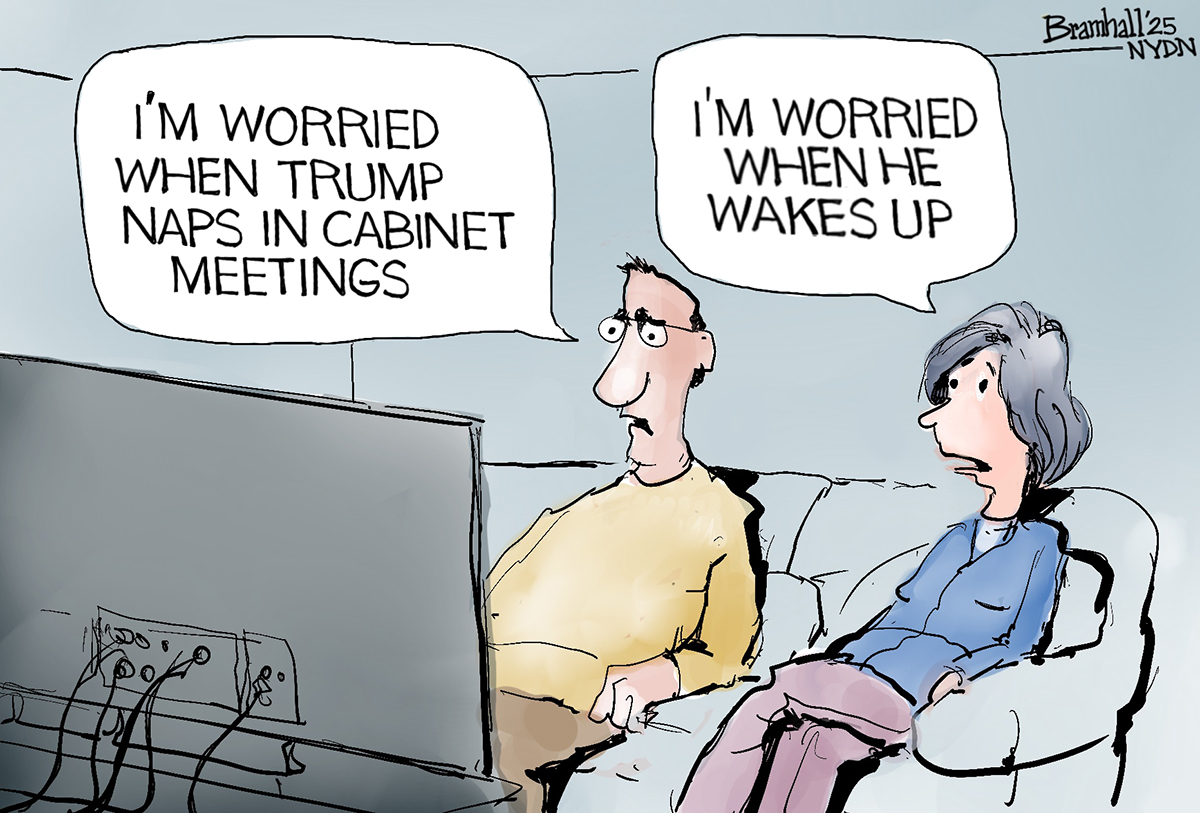 5 sleeper hit cartoons about Sleepy Don
5 sleeper hit cartoons about Sleepy DonCartoon Artists take on cabinet meetings, a sleepy agenda, and more
-
 Political cartoons for December 6
Political cartoons for December 6Cartoons Saturday’s political cartoons include a pardon for Hernandez, word of the year, and more
-
 Pakistan: Trump’s ‘favourite field marshal’ takes charge
Pakistan: Trump’s ‘favourite field marshal’ takes chargeIn the Spotlight Asim Munir’s control over all three branches of Pakistan’s military gives him ‘sweeping powers’ – and almost unlimited freedom to use them
-
 Vaccine critic quietly named CDC’s No. 2 official
Vaccine critic quietly named CDC’s No. 2 officialSpeed Read Dr. Ralph Abraham joins another prominent vaccine critic, HHS Secretary Robert F. Kennedy Jr.
-
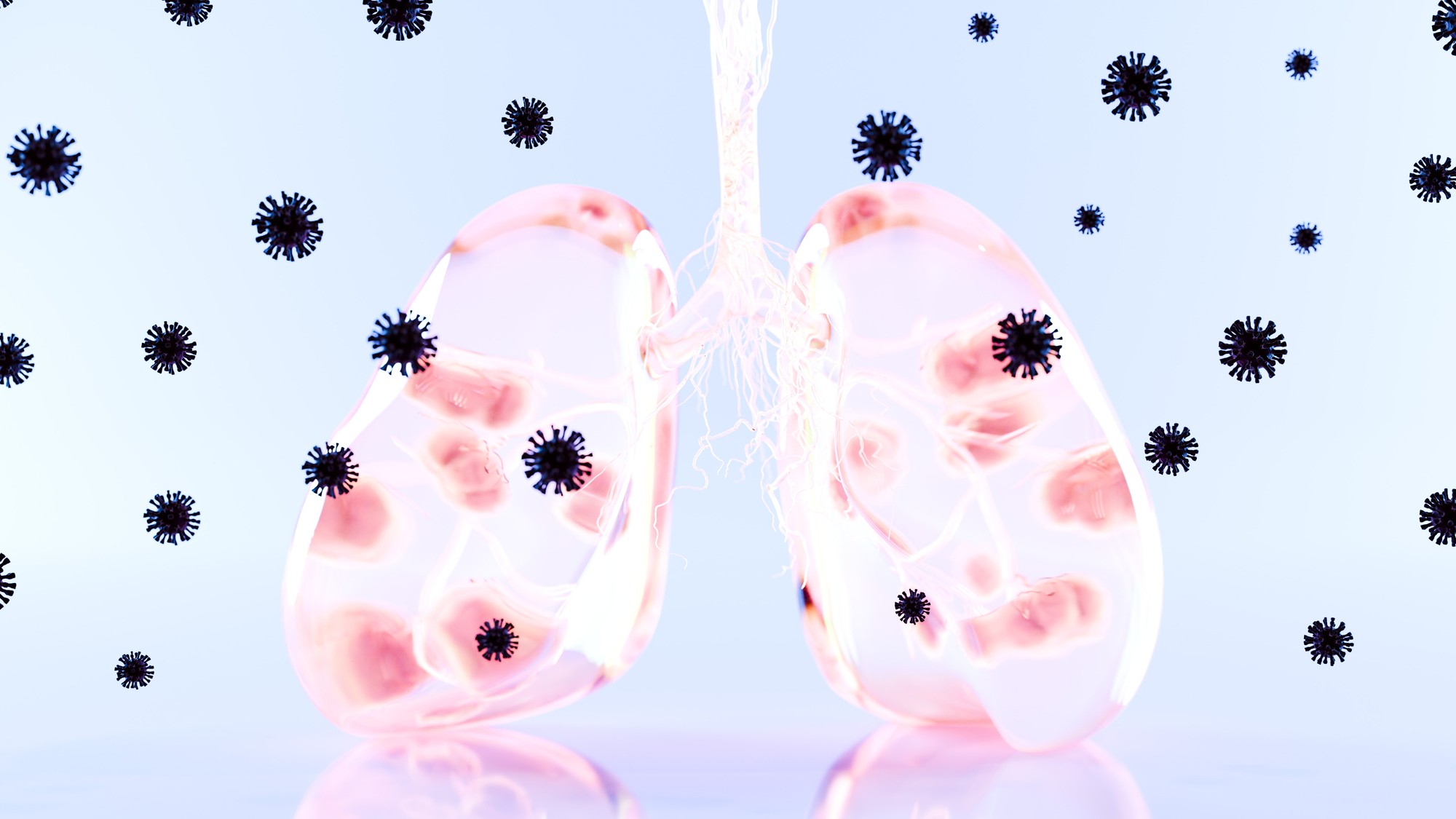 This flu season could be worse than usual
This flu season could be worse than usualIn the spotlight A new subvariant is infecting several countries
-
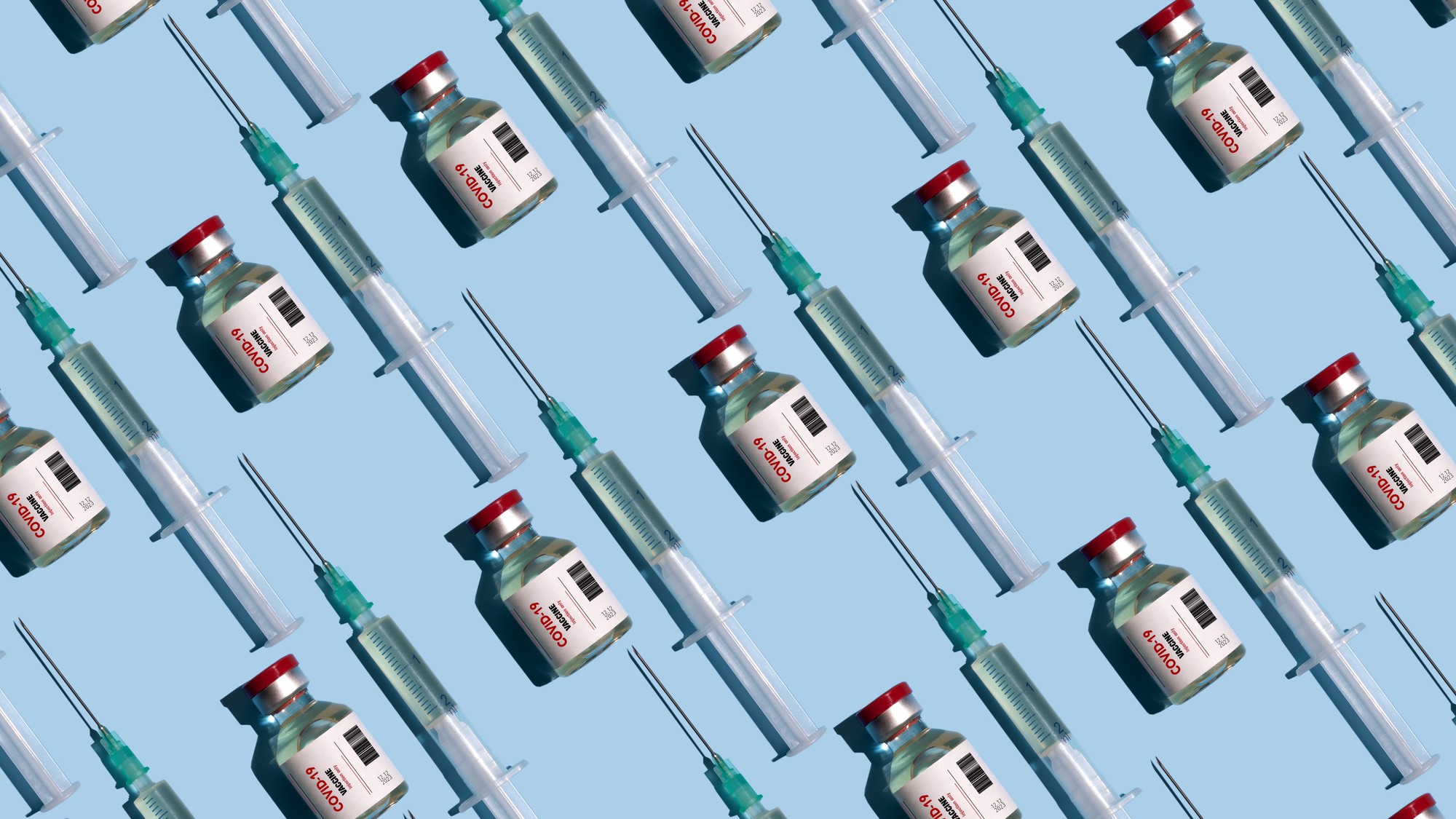 Covid-19 mRNA vaccines could help fight cancer
Covid-19 mRNA vaccines could help fight cancerUnder the radar They boost the immune system
-
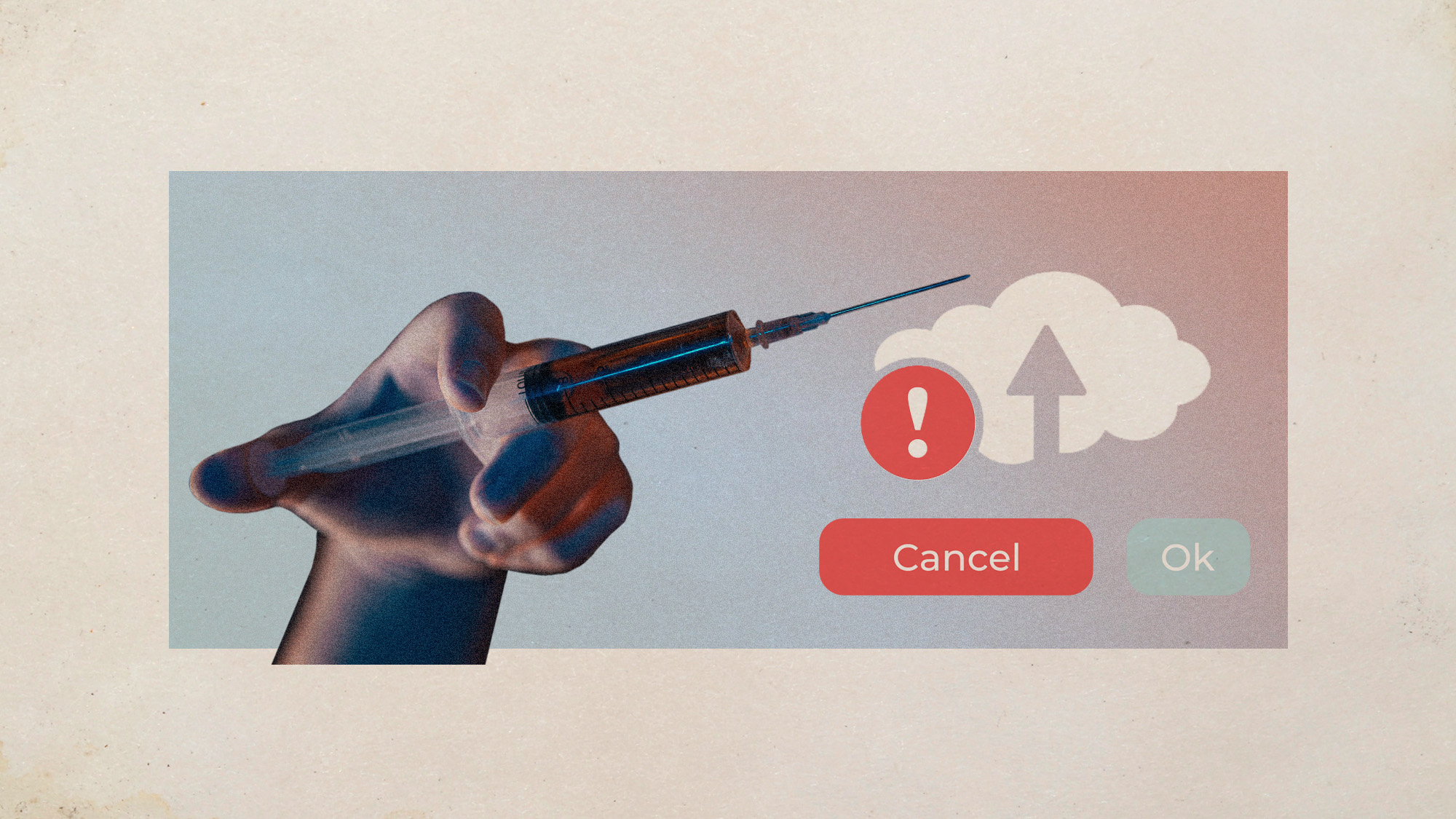 Bluetoothing: the phenomenon driving HIV spike in Fiji
Bluetoothing: the phenomenon driving HIV spike in FijiUnder the Radar ‘Blood-swapping’ between drug users fuelling growing health crisis on Pacific island
-
 The new Stratus Covid strain – and why it’s on the rise
The new Stratus Covid strain – and why it’s on the riseThe Explainer ‘No evidence’ new variant is more dangerous or that vaccines won’t work against it, say UK health experts
-
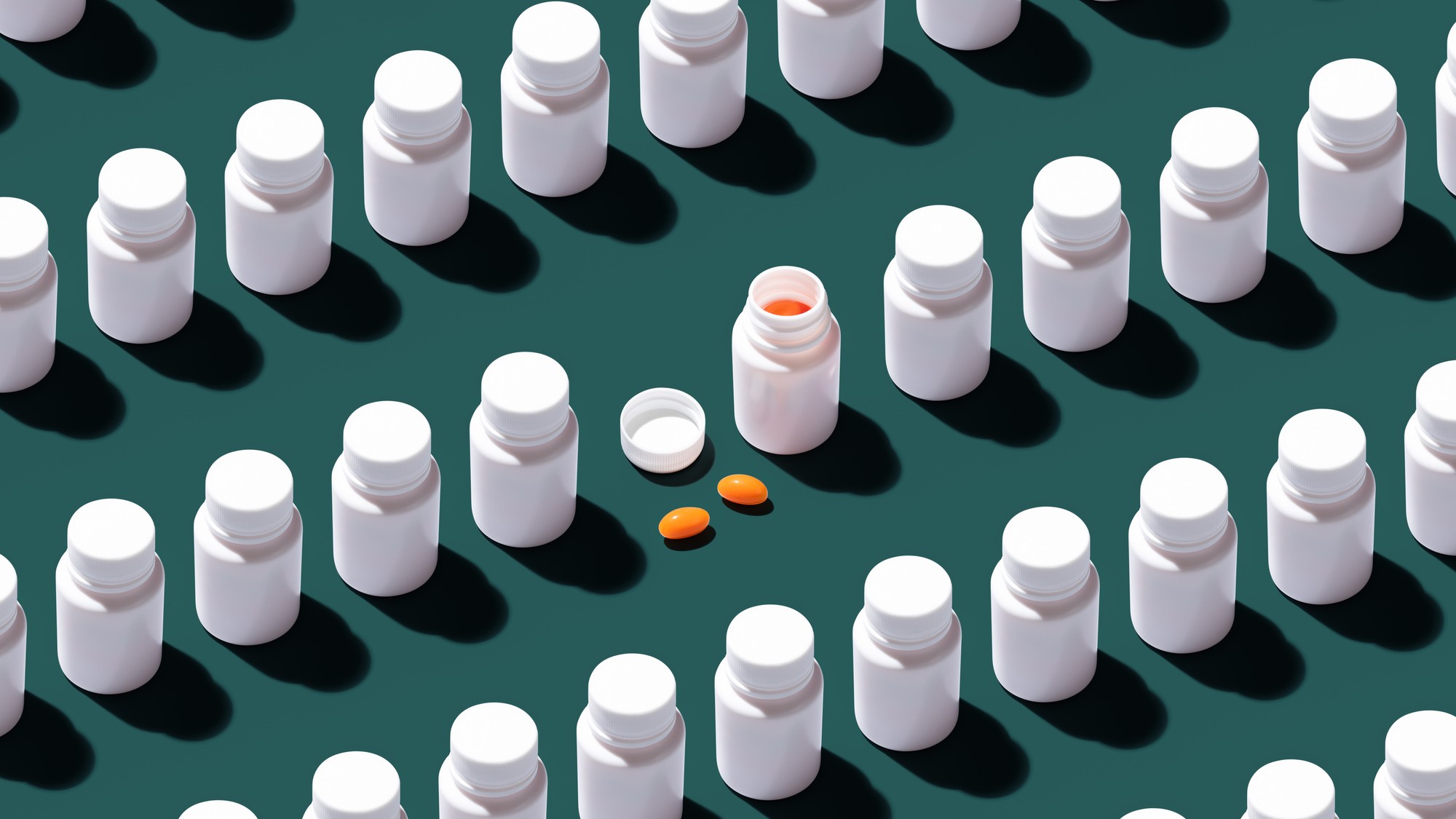 ‘Nightmare bacteria’ are rapidly spreading
‘Nightmare bacteria’ are rapidly spreadingUnder the radar The infections are largely resistant to antibiotics
-
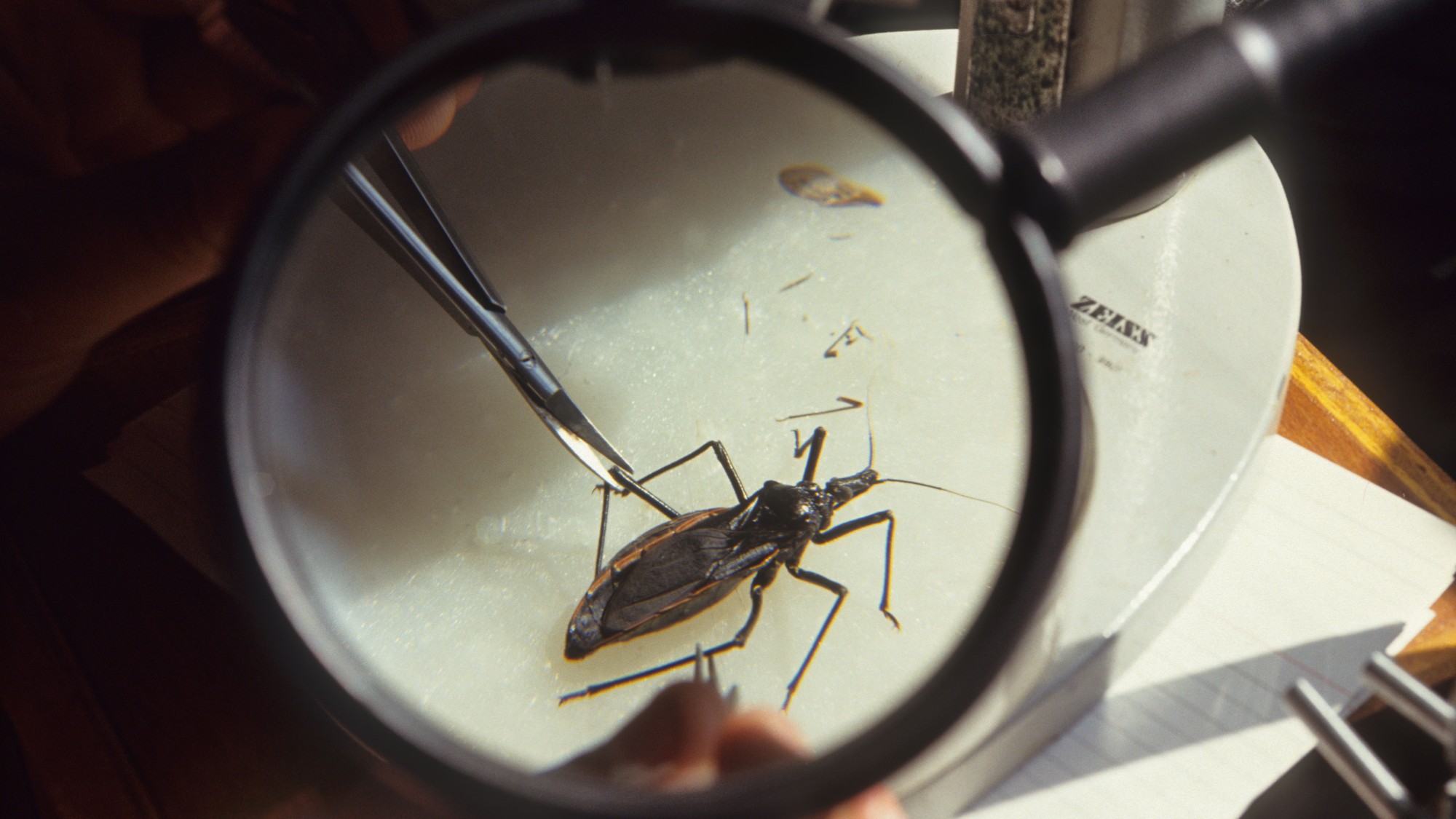 Kissing bug disease has a growing presence in the US
Kissing bug disease has a growing presence in the USThe explainer The disease has yielded a steady stream of cases in the last 10 years
-
 RFK Jr. vaccine panel advises restricting MMRV shot
RFK Jr. vaccine panel advises restricting MMRV shotSpeed Read The committee voted to restrict access to a childhood vaccine against chickenpox